Tag: Photography
Trees
Framlingham Castle, Suffolk.
A collage of images from Framlingham Castle in Suffolk. A medieval castle with Tudor and later additions.
All of my photos are taken on my phone and my art work and videos are produced on my phone, which isn’t a new model.
I’m trying to get some money together to buy a PC and camera equipment to help set up a small Photographic and art business.
I do have a Ko-fi account.
And I have set up a Redbubble shop.
https://www.redbubble.com/people/amanda150771/shop?asc=u
Any help would be greatly appreciated.
Thank-you for dropping by.
Halloween
Some atmospheric images from Suffolk Churches for Halloween.
Help support my art and photography on Ko-fi. Thank-you.
My Redbubble shop.
St Mary, Rickinghall Superior, Suffolk.

There are two churches at Rickinghall the other also dedicated to St Mary, Rickinghall Inferior, is one of the round towered churches that are found across East Anglia. I have yet to visit that one, but will do when time allows.
The church is now redundant and if you wish to see the interior, you will need to get a key, information of where to do so is on the notice board. As my visit was on the spur of the moment, I only had a look around the outside. On a future visit I will plan ahead.
Despite it being near the busy Diss to Bury road, it’s very tranquil. I visited in June and the Churchyard was overgrown, not necessary a bad thing as the place was full of wildlife. I sometimes I think we can be a bit over the top with tidying up green spaces. Not only that but gravestones get damaged by constant mowing and strimming.






The Churchyard has monuments from the 18th, 19th and 20th centuries. It’s also has a First World War Commonwealth War Grave dedicated to Ernest Matthews who died in 1918.
The Commonwealth War Graves Commission have a database of war graves in the UK and elsewhere which can be found here.
https://www.cwgc.org/find-records/
The church itself consists of a 14th century chancel and a 15th century tower and east nave, all constructed of flint rubble with ashlar and red brick dressings. It was restored in 1868 by W.C. Fawcett. The nave has a black flint chequer board pattern and flint is used as decoration elsewhere on the church including on the buttresses.

The porch was added and altrered in the 15th century and has MR (Marian) and IHS (Jesus) flint flushwork monograms and decorative stone shields. There are two gargoyles on the the tower to the north and south. The top of the tower has an embattled parapet and more decorative flint work, monograms and blank shields.

There is a possible masons mark on one of the buttresses on the south-west corner of the tower. It is thought to represent a pair of compasses.
The windows have some nice tracery and I did notice a few very weathered carvings by two of the doors, two looked like heads.
A blocked archway, filled with brick, can be seen between the tower and the porch.

Two windows have fragments of 15th century and 18th century glass. Other windows are of 19th century date.
One commemorates Samuel Speare, a former altar boy, who at the age of 15, set out to become a missionary. In 1873, whilst working on the Island of Zanzibar, he became ill, returned home, and died at the age of 20.
As I was unable to view the interior I have posted some links which detail what can be seen.
The website, The Last of England, Churches of East Anglia, Suffolk, is a brilliant and very interesting resource if you are interested in Suffolk churches.
http://www.suffolkchurches.co.uk/rickingsuper.html
The Churches Conservation Trust site is another useful site.
https://www.visitchurches.org.uk/visit/church-listing/st-mary-rickinghall-superior.html#
Historic England has a very useful searchable database.
https://historicengland.org.uk/listing/the-list/list-entry/1241122

All photos are my own.

Sheela na gig, Moulton, Suffolk.
I’ve known about the Sheela na gig carvings for years, I’ve seen pictures in books. However until today, I’ve never seen one live, so to speak.
I like exploring old buildings, including churches, so today popped into St Peter’s Church, Moulton, Suffolk.


Moulton is a nice village. A number of old cottages, two 15th century packhorse bridges, some nice walks and the church.

So had a walk around the churchyard. Found a bone, got to be honest there’s a few times whilst exploring churchyards that i’ve seen objects that look suspiciously bone like. Turns out yes they usually are human. Should add no I don’t pick anything up.
Went inside the church to have a look and noticed this slab if stone on the wall, so wandered over and instantly thought “thats a sheela na gig, wow”. Really did not expect that.

I have to admit i’ve seen some interesting things in the Churches i’ve visited, carvings, old graffiti, medieval wall paintings. I do think that many people overlook Churches. You don’t have to be religious to visit them, you can admire the architecture, the artistry and history of them. Also Churches acquire interesting artifacts found in the local area.

Have a look at local churches near you. Even the smallest can harbour interesting surprises.



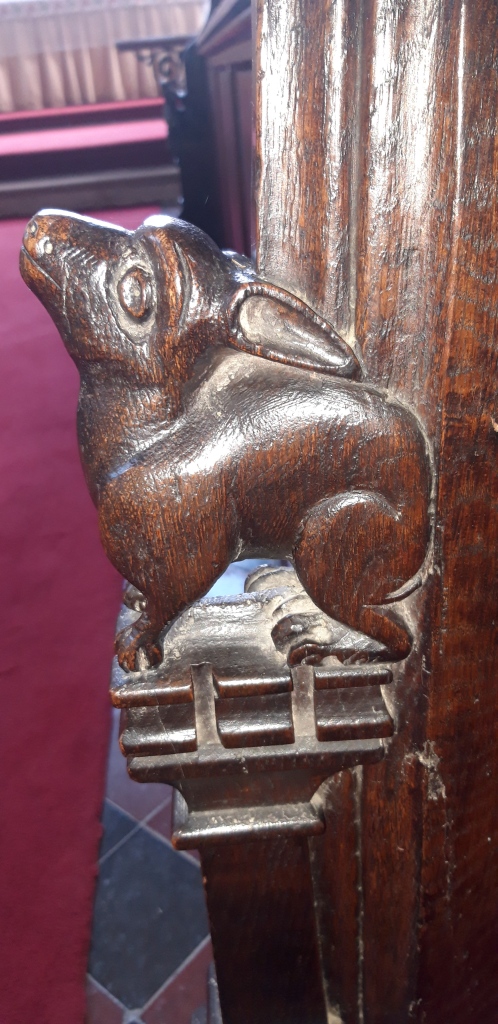
GoFund me page.
Ko-Fi page.
My Redbubbleshop.
https://www.redbubble.com/people/amanda150771/shop?asc=u
My Teepublic shop.







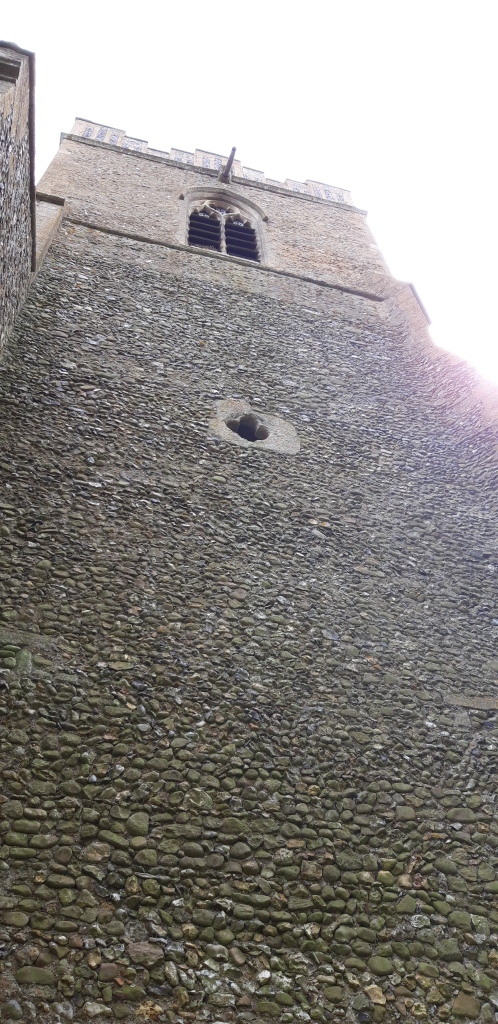

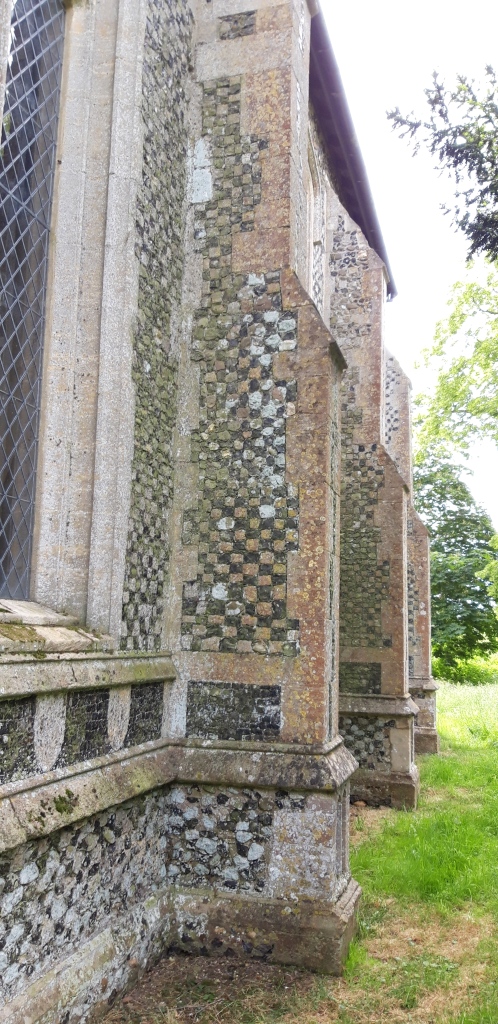

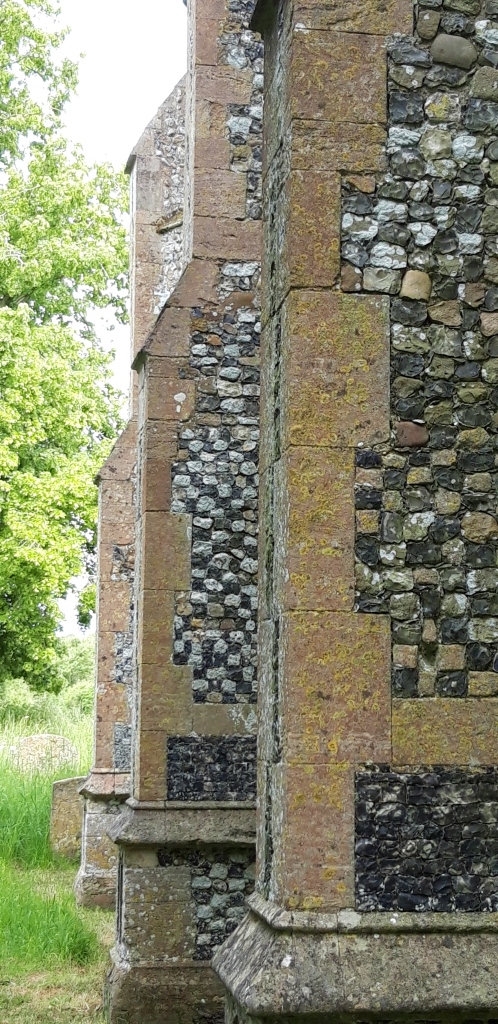





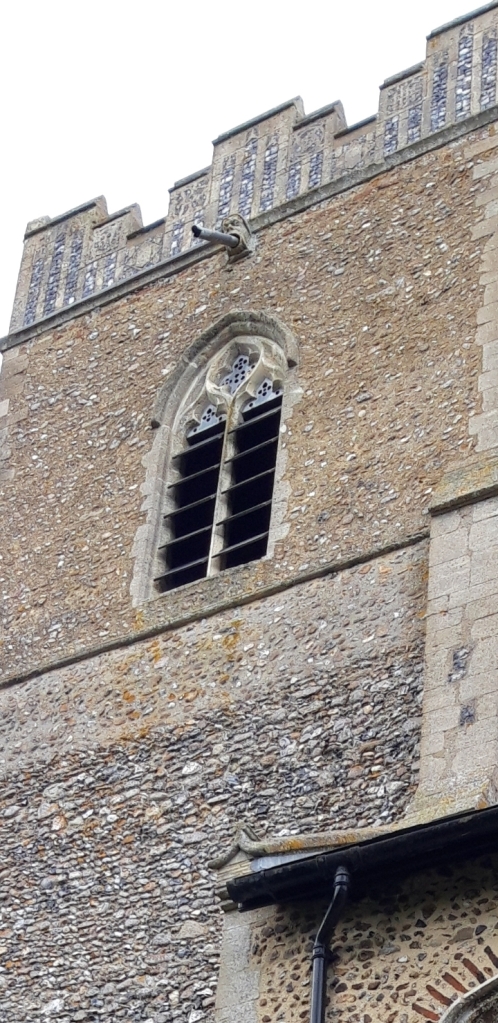







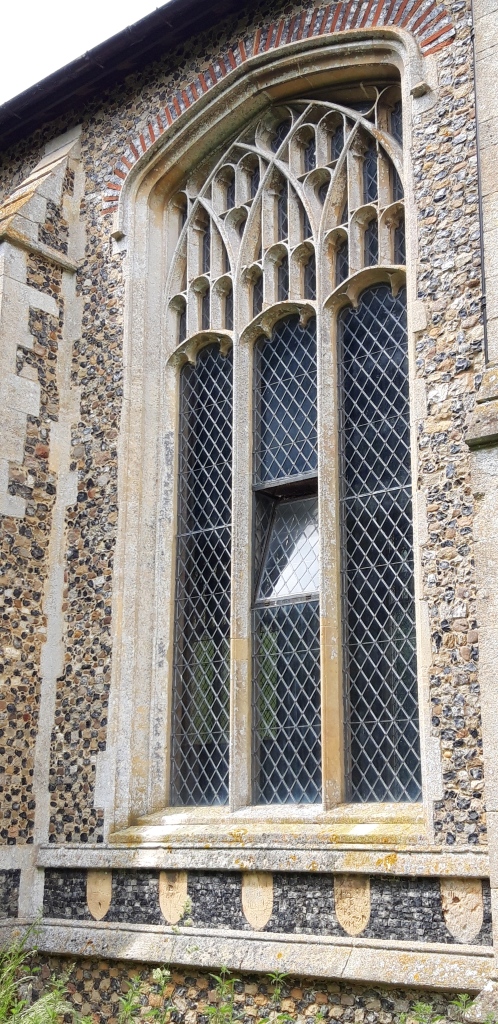



You must be logged in to post a comment.